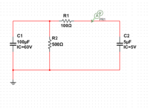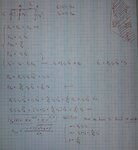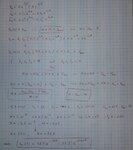tinska.h
Junior Member level 2
Hey Everyone,
Imagine A circuit of C1 -> R1 -> C2
And C1 is also connected to R2 and then to GND,
Where C1 initial voltage is lets say 60V, and C2 initial voltage is 10V. C1=100µF, C2=5µF, R1 = 100Ohm, R2 = 500Ohm. How would one solve C2 voltage in respect of time? Any steady state equation tricks? If going through calculus / Laplace is the only way, how would I arrange initial problem, if e.g. charging capacitor equation is CR*dV/dT+Vc=Vsource?
Thank you in advance!
Imagine A circuit of C1 -> R1 -> C2
And C1 is also connected to R2 and then to GND,
Where C1 initial voltage is lets say 60V, and C2 initial voltage is 10V. C1=100µF, C2=5µF, R1 = 100Ohm, R2 = 500Ohm. How would one solve C2 voltage in respect of time? Any steady state equation tricks? If going through calculus / Laplace is the only way, how would I arrange initial problem, if e.g. charging capacitor equation is CR*dV/dT+Vc=Vsource?
Thank you in advance!
Last edited:


